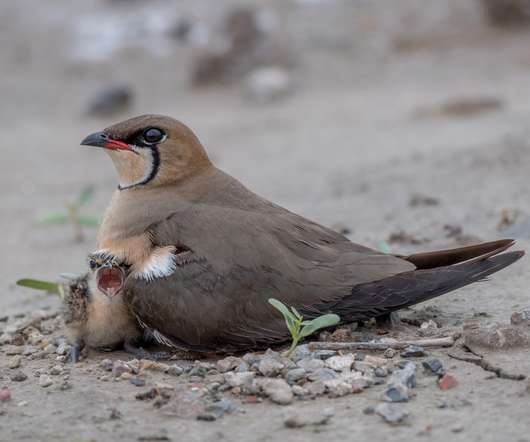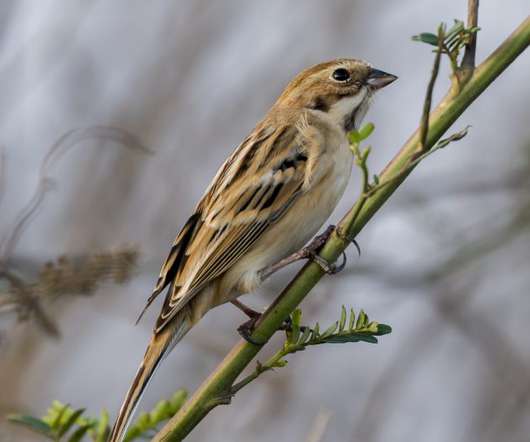Inaccessible Island Rail Atlantisia rogersi
10,000 Birds
FEBRUARY 25, 2013
BirdLife International believes that this might be maximum population the species can reach, as it seems to completely saturate its range. Occasionally the Tristan Thrush Nesocichla eremita will prey upon chicks from the two-egg nest of the Inaccessible Island Rail but this not enough in any way to threaten the species.












Let's personalize your content